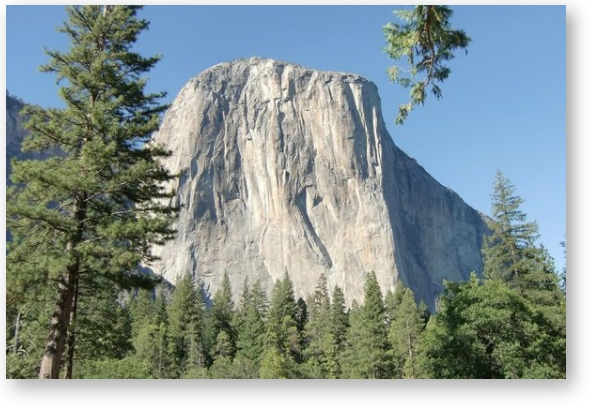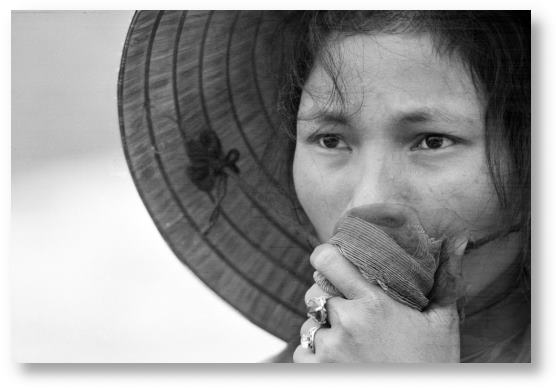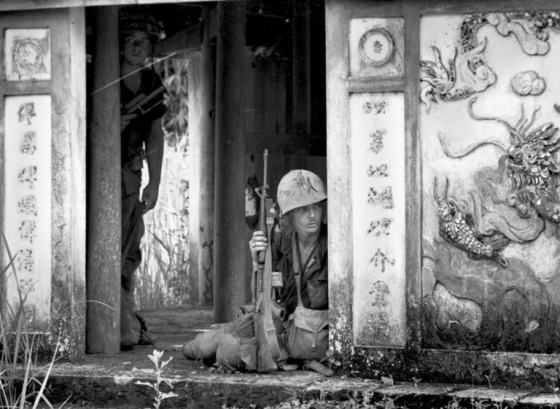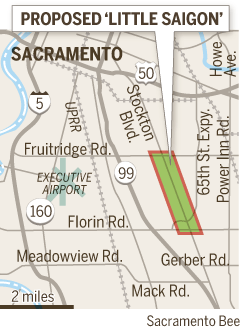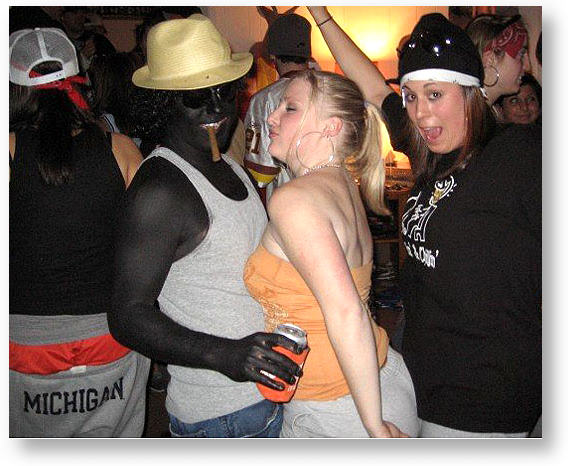As the new academic year starts for many colleges around the country, like many professors, I am busy preparing to teach my courses. In my case, I usually teach two courses in the fall semester: “The Asian American Experience” (a ‘conventional’ classroom course with 40 students) and “Bridging Asia and Asian America” (a once-a-week, two-hour colloquium with 30 students, taught in the lounge of one of the residence halls). While these two courses are distinct, obviously there is a lot of overlap in terms of examining the histories and experiences of Asian Americans and their connections back to Asia.
With that in mind, I would like to share my list of films, videos, and documentaries that I think are good choices for showing in introductory Asian American Studies classes (the videos are most suited for college and advanced high school courses). As the study of Asian Americans continues to grow, hopefully instructors of these kind of courses and others interested in Asian Americans in general will find this list useful.
The following list is organized by topic and corresponds to the chronological order in which I discuss each topic in my “Asian American Experience” course. For each topic, I highlight the documentary that I tend to show the most often, followed by other videos that I’ve shown and consider to be good choices for that topic as well.
Basic Concepts: The Racialized Landscape
In this first section of the course, I lay out the sociological framework and institutional nature of the U.S.’s racial/ethnic landscape into which Asian Americans fit. I focus on how, contrary to historical and contemporary ideals of being “colorblind,” American society has been and continues to be highly racialized and how social institutions reinforce and perpetuate racial distinctions.
- The Color of Fear: Made in 1992, this video is “just” a group of men from various racial backgrounds sitting around talking about race, but their words sharply illustrate many of the basic and also subtle ways in which racialization gets played out on the individual level and ultimately highlights the failures of trying to be colorblind.
- Race: Power of an Illusion
- Race, the World’s Most Dangerous Myth
- Understanding Race
Immigration and Settlement
In this section, I describe the history of Asian immigration to the U.S., how the 1965 Immigration Act has impacted the current demographics of the Asian American population, and the dynamics of Asian American ethnic communities, from the first urban Chinatowns to emerging suburban enclaves like Little Saigon.
- Saigon USA: Summarizes the exodus of refugees out of Viet Nam, how many of them eventually settled in Orange County CA, the formation of the Little Saigon enclave, and the ways in which Vietnamese Americans reflect both old and new ways, and the ways in which they’re socially divided yet united as well.
- Monkey Dance
- Carved in Silence: Chinese Immigration During Exclusion
- Golden Venture
- Ancestors in the Americas: Chinese in the Frontier West
- Little Manila: Filipinos in California’s Heartland
- Chinatown: Strangers in a Strange Land
- Becoming American
Assimilation and Ethnic Identity
This section explores the multidimensional and multi-level process of assimilation and ethnic identity formation. I discuss how these ideas involve more than just acculturation, how ideas of what it means to be an American have evolved through the years, and how these dynamics play out among adopted and mixed-race Asian Americans.
- Daughter From Danang: This critically-acclaimed documentary chronicles the experiences of an Amerasian from Viet Nam who was adopted by a White mother and her journey back to reconnect with her birth family in Viet Nam. Along the way, she comes to some powerful and painful realizations about her identity.
- Banana Split
- First Person Plural
- Sentenced Home
- Passing Through
- Refugee
- From a Different Shore: The Japanese-American Experience
- Who is Albert Woo?
- Yellow Tale Blues
- No Turning Back
Women, Gender, and Family
Emphasizing the histories, experiences, challenges, and contributions of Asian American women, I highlight their paths of immigration into American society and the contemporary and often contradictory pressures they face, from familial expectations, to academic success, to dealing with exoticization and “yellow fever.”
- Never Perfect: This video portrait follows a young Vietnamese American woman and her decision to have eyelid surgery. In between, it highlights the historical and contemporary pressures on how Asian American women are expected to look and behave.
- Slaying the Dragon
- Quiet Passages
- Good for Her
- Miss India Georgia
- Knowing Her Place
- A Life Without Fear
The Model Minority Image
This section examines the origins of Asian Americans portrayed as the “model minority” and in what ways a seemingly “positive” stereotype is true and beneficial to Asian Americans, and how it also distorts the reality of life for many of us as it overgeneralizes and carelessly lumps all Asian Americans together.
- “The Governor” segment of Searching for Asian America: This segment of the Searching for Asian America video features Gary Locke and his victory as Governor of Washington state in 1992 and how his personal story both reinforces and contradicts the model minority image.
- aka Don Bonus
- Whatever It Takes
- The Story of Vinh
- Kelly Loves Tony
- Another America
- Wet Sand
Work and Employment
How do Asian Americans differ in terms in terms of their occupational and employment success? I analyze two different aspects of that question in this section — glass ceiling barriers that many Asian Americans still confront in the workplace and secondly, how many choose to bypass those hurdles altogether by owning their own small business.
- Labor Women: This documentary profiles three young Asian American women who work as labor organizers in the Los Angeles area and in the process, fight against the traditional patriarchal notions of women’s work in their communities while forging important ties to other communities of color.
- “Outsourcing” episode of 30 Days
- Nalini by Day, Nancy by Night
- “Oklahoma Home” segment of Searching for Asian America
- Roots in the Sand
- Punjabi Cab
- Taxi Vala
Part 2 of my list of best documentaries about Asian Americans will focus on videos relating to discrimination & racism, interracial relationships, faith, spirituality, & religion, sexuality & creative expression, social movements & collective action, and emerging issues in the 21st century.

